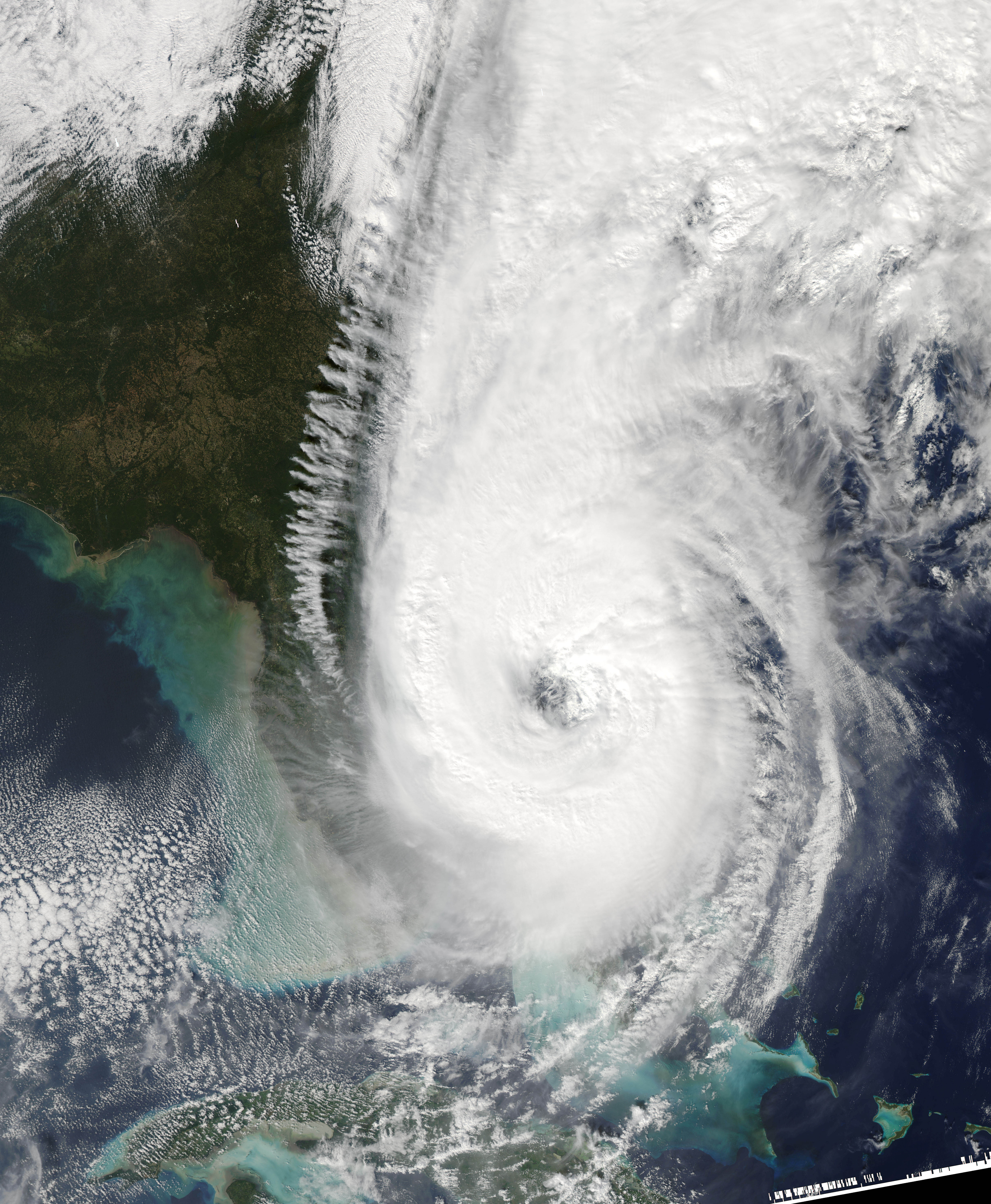wxman57 wrote:Looks impressive today. Probably just about qualifies for TD status now. Good chance it will become a TS prior to reaching the Caribbean. Once in the eastern Caribbean it should quickly weaken as it runs into high shear. Could be a TS for Trinidad. That's unusual. I don't think that Trinidad has ever been hit by a hurricane (i.e., recorded 1-min 74+ mph winds with the passage of a TC).
Once that i know of.,,for Trinidad...way back in June of 1933. Interestingly, the 1933 hurricane was also unusually early for this part of the Atlantic. Trinidad has numerous oil derricks on it's east coast especially. The island is heavily populated, over 1.3 million people live in the islands of Trinidad and Tobago. A tropical wave was first observed near 40° W on June 23 1933. The next day, a ship in the region observed a closed circulation, suggesting that the tropical wave spawned a tropical depression about 1300 mi (2090 km) east of Trinidad. The storm moved westward and gradually intensified. By June 27, it attained hurricane status about 175 mi (280 km) east of Trinidad, based on a ship report of a barometric pressure of 991 mbar (29.27 in); it was the first of 11 hurricanes during the season. At around 2100 UTC on June 27, the hurricane made landfall on extreme southern Trinidad with winds of about 85 mph (137 km/h).After crossing the island, the hurricane struck the Paria Peninsula of northern Venezuela at the same intensity at 0200 UTC on June 28.
While the hurricane passed over Trinidad, it caused about $3 million in damage in the southern portion of the island. The storm destroyed 300 houses in one village, and thousands were left homeless. Trees across the island fell down and blocked many roads, including one that struck a car and seriously injured one man. Heavy damage was also reported to the cocoa industry. High winds destroyed about 60 oil derricks, and an 11 mi (18 km) oil supply line was disrupted due to fallen trees. This represented a significant loss to the island's oil industry, one of two such events in the 1930s. High winds downed power lines across the island, which were repaired by three days after the storm struck. The storm also dropped heavy rainfall and destroyed the roofs of many houses. Little damage occurred in the capital city of Port of Spain. There were 13 deaths in Trinidad, some of whom drowned after their boats sank. After the storm, medical assistance and relief supplies were sent via boat to Cedros, which was one of the most significantly affected areas











 "IF" we soon have Bret out to the East, AND a named storm forms in the Gulf..... this would eclipse 1968 (June 23), as earlier date of having two Atlantic Tropical Storms at the same time. Does anyone else know of any other Atlantic season having an earlier date where there were two active tropical storms?
"IF" we soon have Bret out to the East, AND a named storm forms in the Gulf..... this would eclipse 1968 (June 23), as earlier date of having two Atlantic Tropical Storms at the same time. Does anyone else know of any other Atlantic season having an earlier date where there were two active tropical storms?







